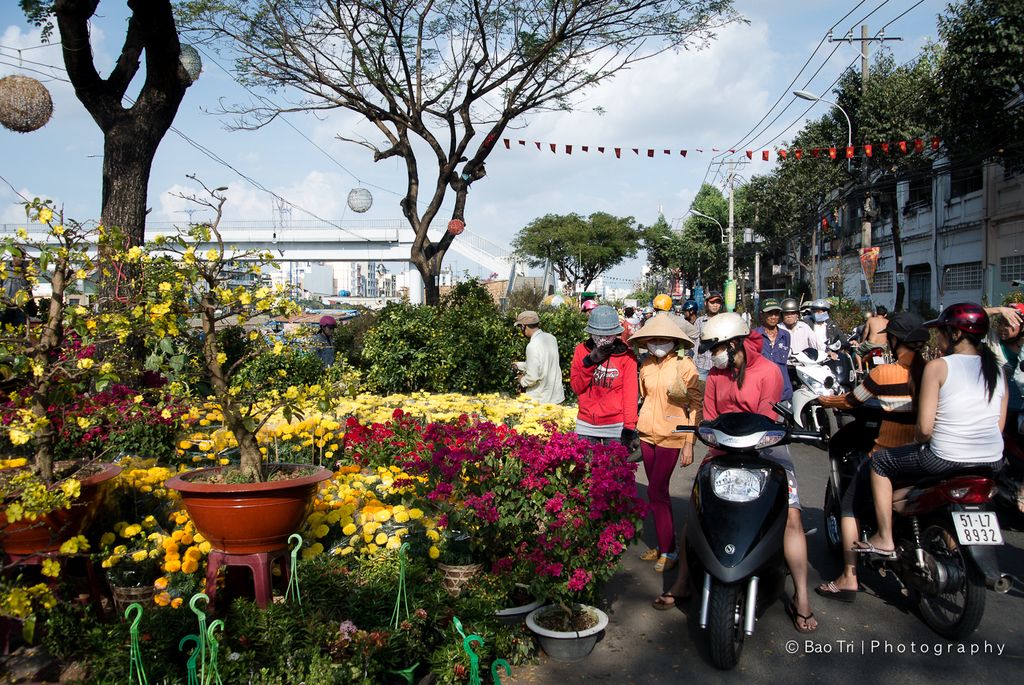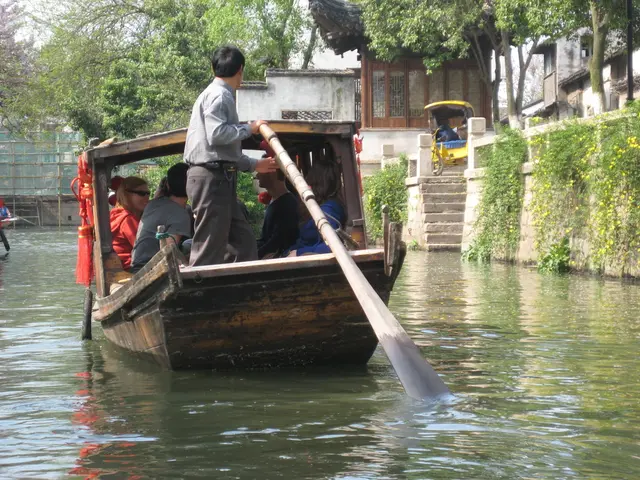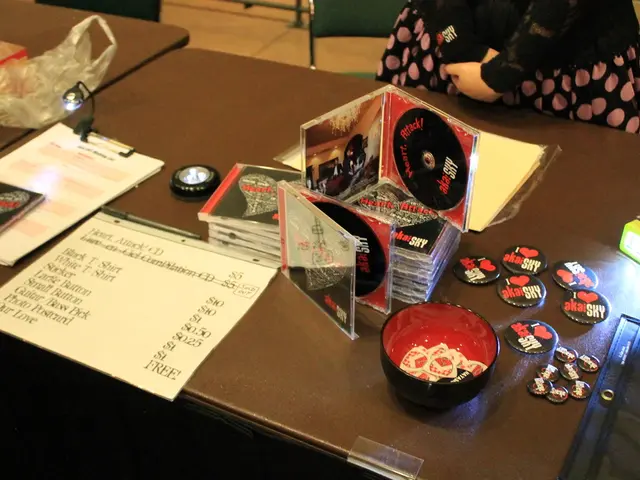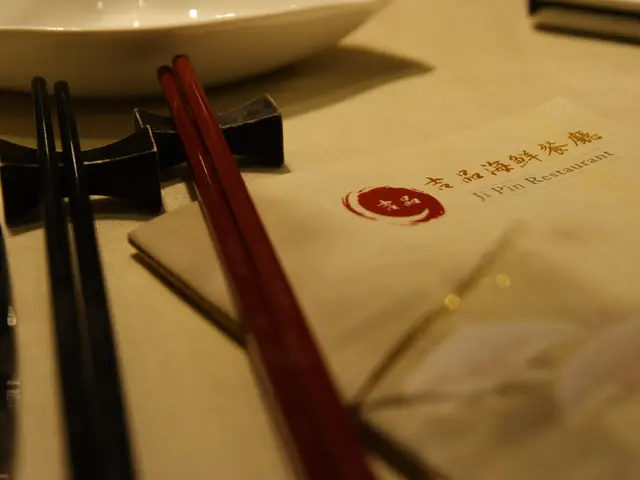Guide to Embarking on Shikoku's 88 Temple Journey
Ohenro: Your Ultimate Guide to the Shikoku Buddhist Pilgrimage Trail
Ever heard of "ohenro?" It's an incredible Buddhist pilgrimage trail in the beautiful Shikoku region of Japan, a traditional Japanese haven with unique, breathtaking experiences. The trail dates back over 1,200 years and takes you through scenic spots in nature as well as historic sites. Spanning across four prefectures, this trail passes by 88 official temples and numerous other sacred sites. Each year, hundreds of thousands of pilgrims, both Japanese and foreign, embark on this spiritual journey.
Walking (parts of) this ancient pilgrimage trail will offer you an unparalleled experience, immersing you in the rich nature of the area. It's also a fantastic way to train yourself physically and mentally through a long journey that typically takes about 40 - 50 days to complete on foot. Even if you don't have the time or motivation to walk the entire trail, it's worth considering just walking some of its beautiful hiking trails. Here's everything you need to know about the ohenro, or Shikoku 88 Temples Pilgrimage.
- Ohenro Explained
- The 88 Temples Shikoku Pilgrimage
- How to Experience the Shikoku Pilgrimage
- Walk the pilgrimage route
- Rent a car
- Join a bus or taxi tour
- What to bring for the pilgrimage
- The best time to start your journey
- Shikoku Mini Reiba: A One-Day Taste of Ohenro for beginners
- Our website's Tours
- Articles you might also enjoy
Ohenro Decoded
Ohenro ("お遍路" in Japanese) is an ancient pilgrimage route that stretches through scenic areas of the Shikoku region in Japan. Translated as 'four countries', Shikoku is the smallest island among the four major islands of Japan and is accessible by Shinkansen or domestic flights from major cities like Tokyo and Osaka.
The Shikoku pilgrimage is associated with Kobo Daishi (弘法大師), a well-known Buddhist monk from the 9th century. He walked the sacred pilgrimage route, seeking peace and security for Japan during a turbulent period of civil wars and disasters. Kobo Daishi also founded Koyasan, a renowned temple complex that's another popular pilgrimage destination offering meditation sessions with monks and temple lodging (Shukubo).
The 88 Temples Shikoku Pilgrimage
The 1,200km route mainly covers coastal areas as well as some mountainous trails across the four prefectures that make up the Shikoku region: Kochi, Ehime, Kagawa, and Tokushima. Completing the pilgrimage allows you to explore 88 Buddhist temples and other scenic spots along the way.
If you're determined to embark on your ohenro adventure, there are several options to choose from. You can walk, bike, drive, or even join a guided tour, each offering unique advantages. The route can be undertaken in different ways, catering to various preferences and time frames, from walking only parts of the trail to completing the pilgrimage over several days.
How to Experience the Shikoku Pilgrimage
Initially, the pilgrimage was completed on foot, but time constraints often lead people to complete the journey through other means. Here are some ways to experience the Shikoku pilgrimage:
1. Walk the ohenro route
If you're planning an extended holiday and have over a month to spare, nothing beats walking the ohenro trail! Completing the entire route typically takes 6 weeks, but this can vary depending on individual fitness levels and hiking experience. There are various restaurants serving local specialties and charming traditional inns located along the way. Walking through the ohenro route will provide a sense of accomplishment that you wouldn't experience through other methods, and it offers an unforgettable experience amidst nature's beauty.
Pros:
- Brings a memorable walking experience filled with a sense of accomplishment
- Allows you to enjoy the incredible nature along the way
Cons:
- Takes a long time to complete the entire route (about 40 - 50 days)
- Requires both physical and mental strength
2. Rent a car
Renting a car is the most popular option nowadays, as it allows you to visit the 88 temples easily and within a short timeframe. This is perfect for those who are visiting the Shikoku region for a short period. With a rental car, you can drive the route at your own pace, which makes it easy to plan a flexible schedule and visit other points of interest along the main pilgrimage route.
Pros:
- Allows visiting the 88 temples seamlessly on a short schedule
- No need to worry about weather in mountainous areas
Cons:
- Additional costs for rental and gas
- May find driving narrow mountainous roads uncomfortable
3. Bus or taxi tour
If this is your first time visiting Shikoku and the previous options seem too challenging, you can choose to join a bus or taxi tour from a travel agency. This enables you to explore the ohenro route with a reliable schedule made by professional staff. Some tours include transportation from major cities like Tokyo and Osaka and informative guides, ensuring you understand the history of each historic spot.
Pros:
- Perfect for those new to ohenro
- Enables you to explore highlights along the ohenro route based on a schedule provided by the agency
Cons:
- Must follow a set schedule
- Tour may be cancelled or postponed due to unexpected situations
What to Bring on the Shikoku Pilgrimage
Before you embark on your ohenro adventure, you'll want to purchase a few essential items. While you can start anywhere along the route, most people start at Ryozenji Temple and continue clockwise. At this temple, you can buy a white robe called hakui for protection against the sun, rain, and as a symbol of your pilgrimage. You can also purchase a wooden staff called a kongozue and a sedge hat called sugegasa. Adding these traditional items to your gear offers a unique experience and ensures you receive kindness from local people along your journey.
The Best Time to Start Your Journey
Planning when to start the Shikoku pilgrimage is key to having a pleasant experience. Most people undertake the pilgrimage between the end of March and May or in October, as these months offer mild weather. However, the ohenro trail can be tackled year-round due to Shikoku's temperate climate.
Shikoku Mini Reiba: A One-Day Taste of Ohenro
If you want to sample the ohenro experience but don't wish to walk the entire 1,200km, Shikoku Mini Reiba offers unique spots representing the 88 temples along the pilgrimage route. By visiting these shrines and collecting stamps, you can experience many of the benefits of the real ohenro pilgrimage.
Our Website's Tours
If you need help organizing your trip to Shikoku or Japan in general, we're here to assist! Contact us for the best travel tips and arrangements, or join our private tours with local English-speaking guides.
Experience the spiritual journey and wonder of completing the 1,200km ohenro, or Shikoku 88 Temples Pilgrimage. Although the pilgrimage has religious roots, it's a fascinating experience for people of all backgrounds. There are no strict rules for finishing the ohenro route; instead, there's only a guideline to help you enjoy this adventure. While it may seem challenging to walk the entire route, a well-planned journey will provide an incredibly memorable experience when tailored to your preferences and wishes.
Explore the beautiful, largely undiscovered Shikoku region during this journey. You will encounter the kindness of the locals and discover amazing hidden aspects of Japan and the Japanese culture that you wouldn't find in bustling cities.
Follow us on Instagram, Facebook, or Twitter for more travel inspiration. Or tag us to get featured!
Articles You Might Also Enjoy
This post may contain some affiliate links. When you click through and make a purchase, we may receive a commission, at no extra cost to you.
Ohenro is a traditional Japanese haven with unique, breathtaking experiences.This ancient pilgrimage route stretches through scenic areas of the Shikoku region in Japan, allowing you to explore 88 Buddhist temples and other scenic spots along the way.The Shikoku pilgrimage can be undertaken in different ways, catering to various preferences and time frames, from walking only parts of the trail to completing the pilgrimage over several days.You can experience the Shikoku pilgrimage by walking the ohenro route, renting a car, joining a bus or taxi tour, or even experiencing a one-day taste of the pilgrimage called Shikoku Mini Reiba.When planning your journey, it's key to consider what to bring, such as a white robe called hakui, a wooden staff called a kongozue, and a sedge hat called sugegasa, which offer a unique experience and ensure kindness from local people.Many travelers find the best time to start the Shikoku pilgrimage between the end of March and May or in October, as these months offer mild weather.Several articles about travel tips, tours, foods, restaurants, culture, events, sumo, nature, experiences, and lifestyle in the Shikoku region may also interest you.To help organize your trip to the Shikoku region or Japan in general, consider reaching out for assistance from a reputable website offering local English-speaking guides and arrangements.Completing the 1,200km ohenro, or Shikoku 88 Temples Pilgrimage, offers an incredibly memorable experience when tailored to your preferences and wishes, immersing you in the rich nature, history, and culture of the area.Follow the travel website for more travel inspiration and potential features on social media platforms like Instagram, Facebook, or Twitter.




